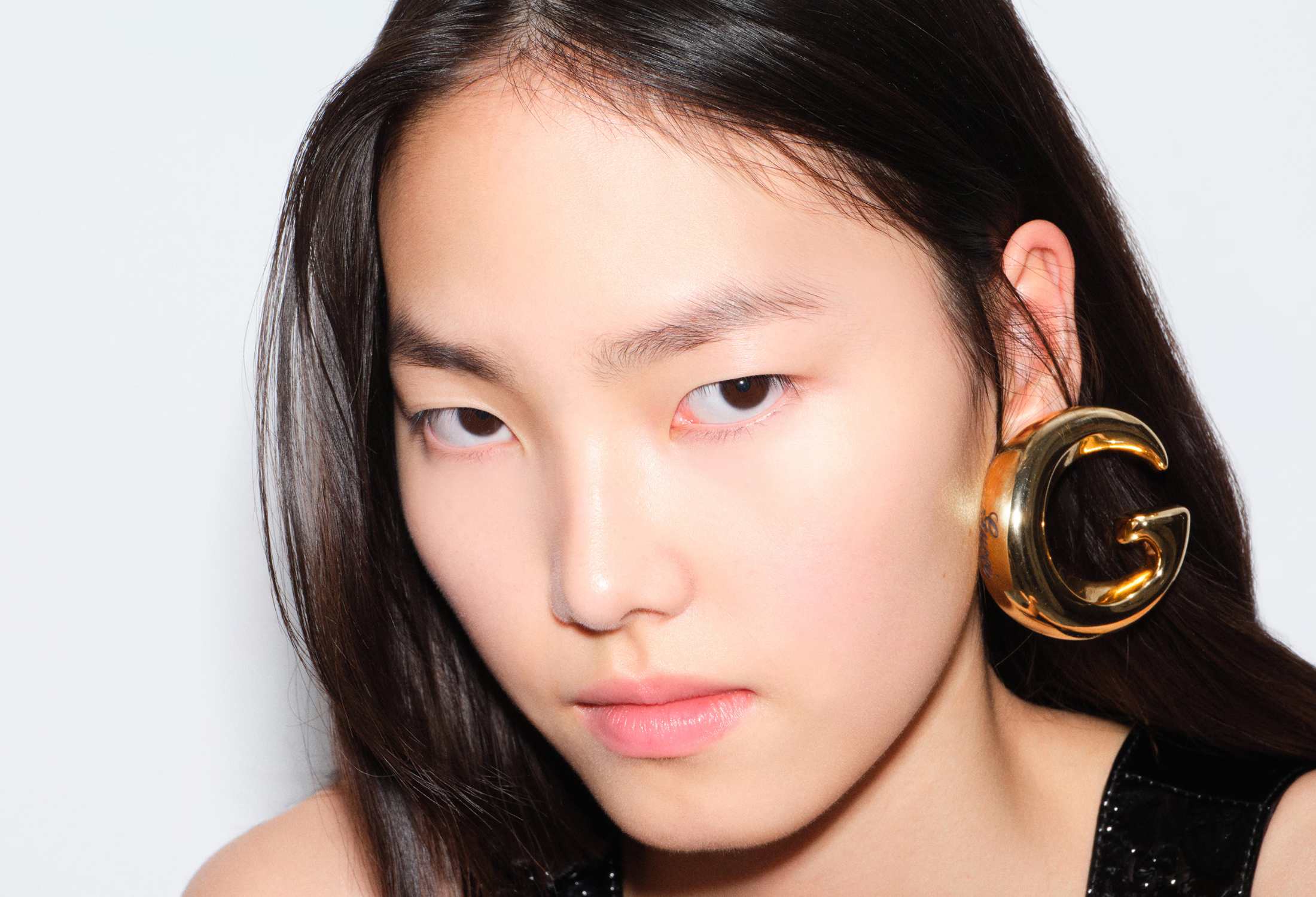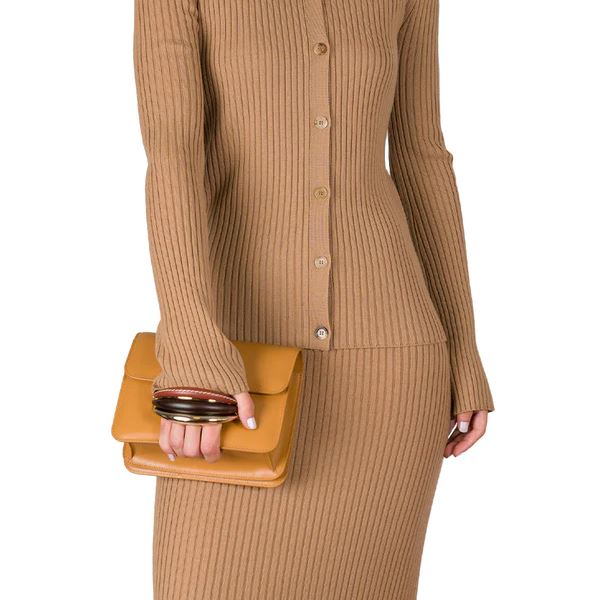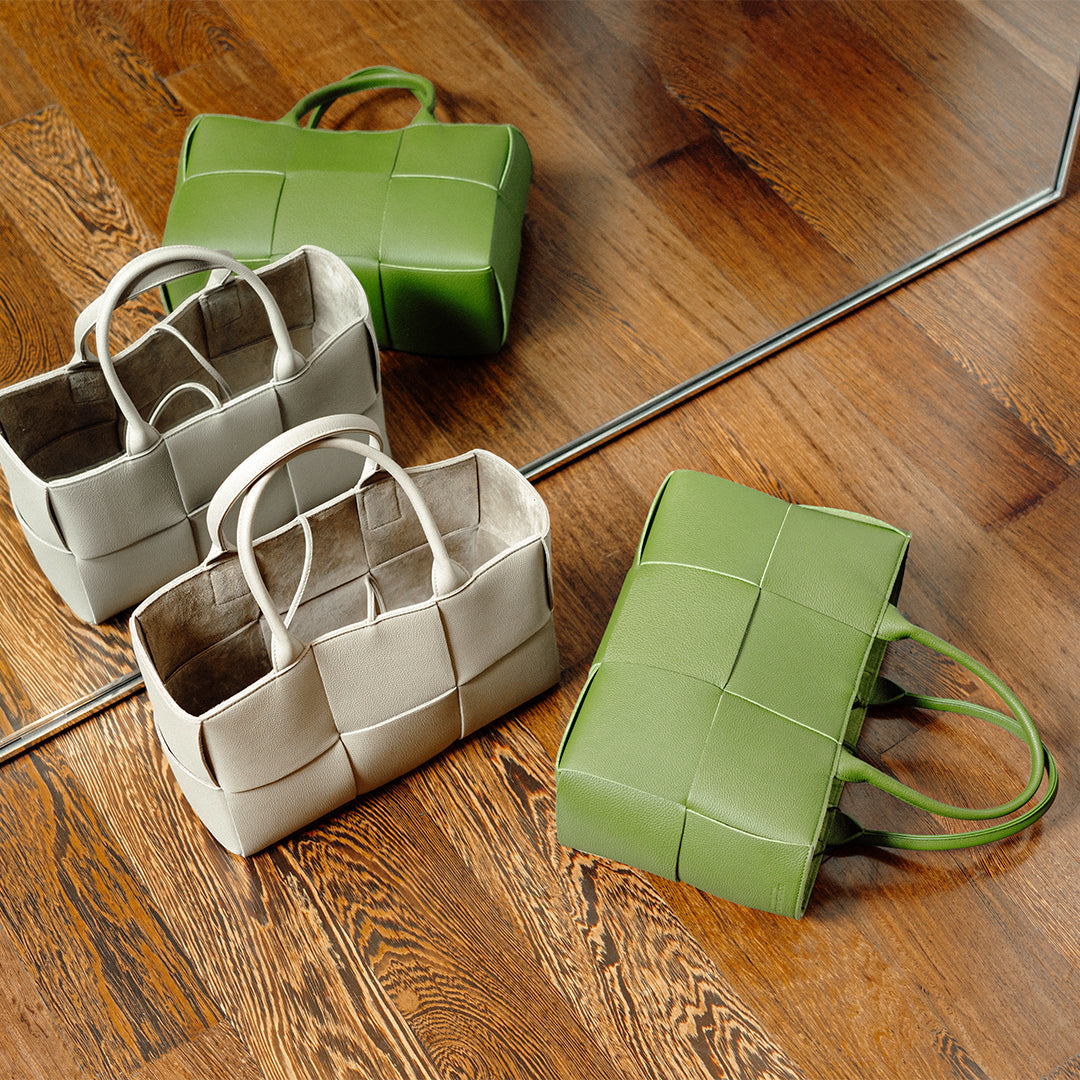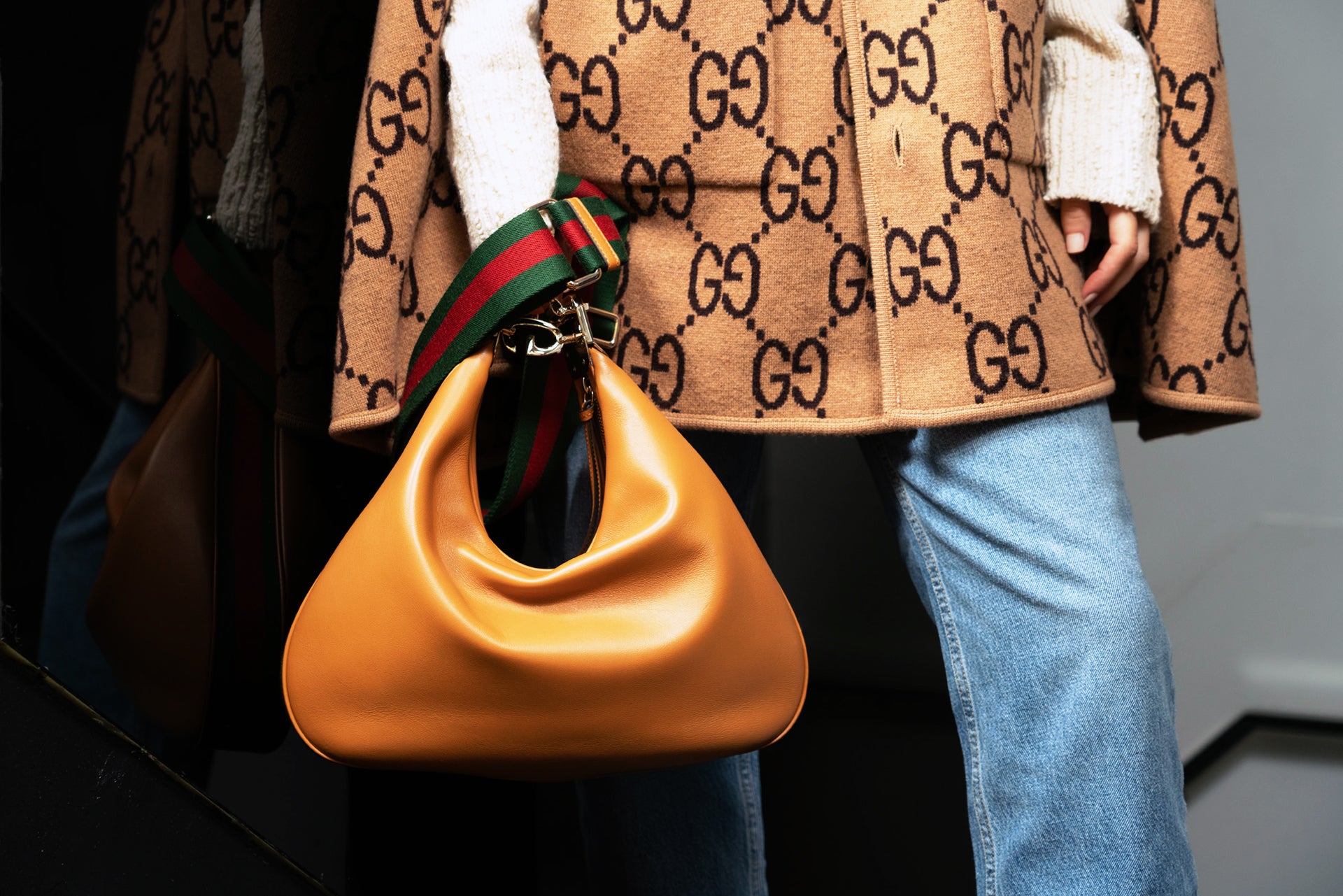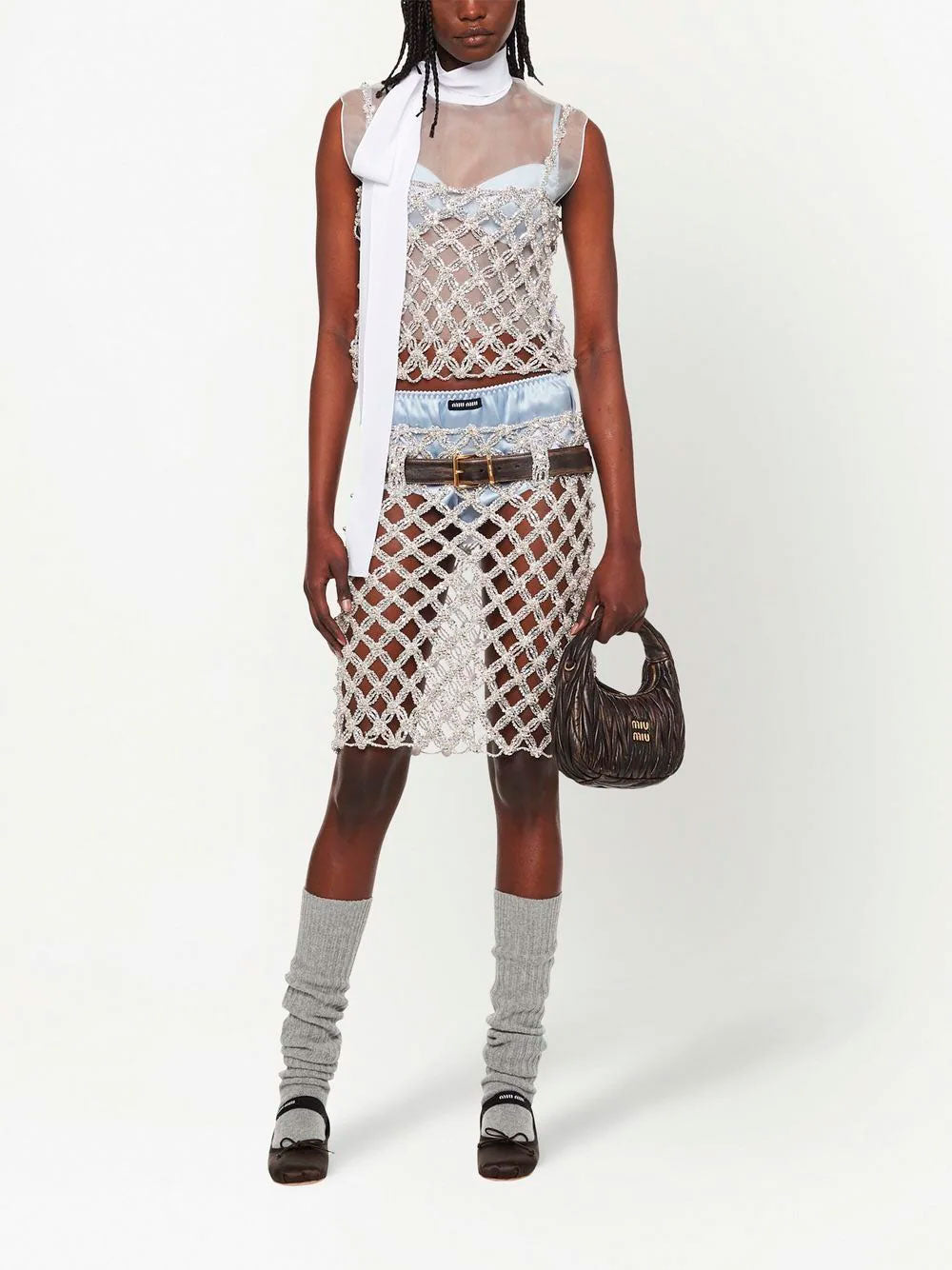The History of Women's Designer Bags
It's hard to think about fashion without picturing a magnificent designer handbag. Women's designer handbags have been with us for centuries, gradually becoming a symbol of status. Major fashion houses christen their designer bags with unmistakable names, turning them into collectible pieces.
Designer handbags tell stories—stories of great women, fashion icons, and historical circumstances. But before reaching this point, the designer handbag travelled a long path. From prehistoric times to icons like the Birkin, through the great Oriental dynasties and English high society.
Let's talk about how women's designer handbags have become the cornerstone of an entire industry.
The Origin: An Essential Since Prehistoric Times
From the time we started using rudimentary clothing, bags and purses became indispensable for functional reasons. Both for carrying food and tools, sack-like bags were used interchangeably by men and women.
In ancient Rome, the bulla was a talisman similar to a mini-bag designed to bring luck and ward off evil spirits. Along with the Han and Tang dynasties in China, small bags were a symbol of high social status.
During the Viking era, models with metal structures were carried by both men and women. Even throughout the Middle Ages, the use of bags was widespread and unisex. Everything changed in the 18th century.
The fashion of the 18th century, particularly the notable absence of pockets in high society dresses, made a handbag a feminine symbol. Now with more intricate designs, with embroidery and increasingly complex silhouettes, bourgeois and royal women used their bags to carry the new accessories of the modern woman: fans, trinkets, cosmetics, etc.
It's important to highlight that the purse evolved alongside women's handbags, being a unisex object with a rather omnipresent presence. However, like in nature, the evolution of this object took another dimension. Coin purses gradually evolved into the wallets and purses we know today, designed to carry in a compact format the documentation and belongings we consider most important. In 18th century England, pocketbooks were specifically designed to carry small papers and documentation in a format that could fit in a pocket.
Regarding women's handbags, at some point, they crossed paths with travel items. In the 19th and 20th centuries, brands like Gucci or Louis Vuitton took their first steps as manufacturers of suitcases and other items for railway travel. Over time, the techniques and silhouettes used for travel began to become smaller and designed for shorter journeys: the comings and goings of daily life.
Types of Women’s Designer Handbags
Interestingly, if we browse a magazine from 150 years ago, many of the illustrated models will be exactly or almost exactly the same as those we use today. Bags like the East West or the Boston Bag (one of the first to receive a name, with a design very similar to The Row's Margaux) remain silhouettes that have persisted in fashion with virtually no aesthetic alteration.
In general, the design of handbags is well thought out. Their size has a specific purpose or activity, as well as a usage duration. Clutches or handbags are models designed for events and short parties. Their small size allows us to carry just the essentials, such as our wallet, keys, and mobile devices. From simple designs with wrist straps to embroidered or beaded ones, women's clutches are intended for more occasional use.
Crossbody or shoulder bags tend to be somewhat more spacious (with general dimensions of between 20 x 15 and 20 x 20 cm). Crossbody bags usually have long straps that can be crossed to free our hands.
While some short strap models are also designed for day-to-day or specific occasions (like Saint Laurent's Le 5 à 7), these are more spacious concepts we can rely on for a day in the city. Camera or messenger bags are ideal for tourism, thanks to their simple design and compartmentalised space.
Famous Handbag Models That Have Made History
In the years between the 19th and 20th centuries, many well-known luxury brands began their journey. Brands like Prada, Gucci, or Loewe became famous thanks to their leather goods and the craftsmanship of travel pieces. International tourism in the early 20th century strengthened the presence of women's designer handbags, allowing brands to explore more creative force.
Throughout the 20th century, major brands forged their identity alongside their handbags. Women's designer bags were hallmarks of great designers, from Saint Laurent and Paco Rabanne clutches to larger pieces from Gucci, Prada, or Loewe.
Each major house thus found its technique and use of materials. And with that came great associations with celebrities. The most famous is perhaps the Birkin, signed by the Hermès brand. This elusive bag for most was named after Jeanne Birkin, the French singer and actress. The same brand also crafted the Kelly, dedicated to actress Grace Kelly.
Gucci created the famous Jackie bag, after one of its greatest clients: Jacqueline Kennedy Onassis. Marc Jacobs created the Jessica (for model Jessica Stam), Saint Laurent the Kate (for Kate Moss), and the Kaia after Kaia Gerber.
Other great icons include the Gucci GG Marmont. Its interlaced double G has become a status symbol, blending the house's history with a touch of rebellion. Loewe bags, with their Puzzle or Amazona models, have redefined craftsmanship in the fashion world. The Row bags, by the Olsen sisters, has elevated to the Olympus of women's designer handbags with the Margaux and the Half Moon, with an elegant and polished aesthetic, turning them into collectible items for those who love fashion.
A more recent icon, from Jacquemus bags, was the Le Chiquito bag, defying conventions with a miniature design. This small accessory sparked an entire debate on fashion and practicality, elevating the concept of a handbag to something more akin to jewellery.






